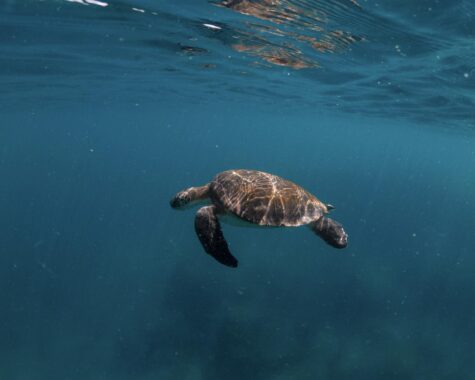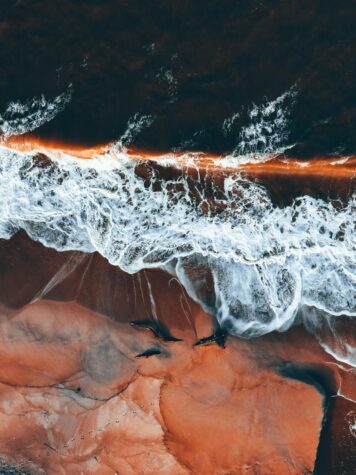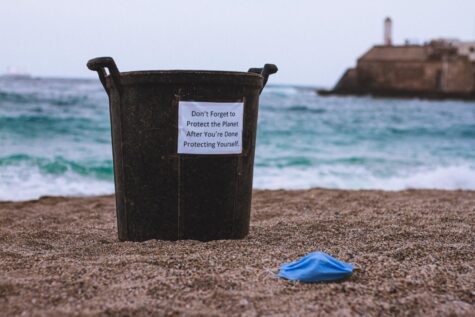
Today we are celebrating Oceans Day!
How did it start?
World Oceans Day was proposed to the US from Canada in 1992. However, the concept wasn’t official until December of 2008. World Oceans Day is an organization that has partnerships with youth leaders, museums, aquariums, zoos, and many other youth focused groups. World Oceans Day organization intentions are to inform everyone about our oceans and show us how to celebrate all of our oceans. World Oceans Day is hosted by the Division for Ocean Affairs and the Law of the Sea of the Office of Legal Affairs in partnership with Oceanic Global and supported by Panerai.
Why does ocean day matter?
Oceans Day matters because it’s a reminder of our main source of oxygen, 70% of the ocean covers our planet and is a source of food, water, oxygen, basically all the things we need to survive. Did you know that only 8% of the ocean is protected by the government? That means 92% of our oceans are not monitored and protected, according to World Oceans Day.
What can you do to get involved?
Anyone and everyone can become involved to help and even join a World Oceans Day organization. Even if you are not interested in joining an organization, just do simple things daily. Recycle, pick up trash everywhere you see it, prevent littering, and don’t use plastic items for toys and food. Those little things can help the ocean and prevent it from getting more polluted. There are plenty of alternatives to using plastic, such as using metal or bamboo straws, biodegradable utensils, and bringing reusable water bottles.
Even though our oceans are beautiful, they are undergoing pollution and red tide to start off the summer.

What is red tide?
Red tide is when “colonies of algae—plant-like organisms that live in the sea and freshwater—grow out of control while producing toxic or harmful effects on people, fish, shellfish, marine mammals, and birds. The human illnesses caused by HABs (harmful algal blooms), though rare, can be debilitating or even fatal,” according to the National Oceans Service. Red tide normally forms in the Gulf of Mexico, which surrounds most of the west side of Florida. That part of the ocean is unswimmable, and if swam in, there is a high chance of injury, infections, or death. Red tide is a very seasonal thing, just like in PA the pollen levels are very high. Red tide happens almost every summer, so this is very normal for the people who live on the west coast of Florida. You can tell that you are swimming in red tide by the color of the water and the stench that comes up. Red tide is not a cause that just started happening: it has persisted for millions of years.

What things fall into the ocean pollution category?
Garbage is one of the biggest causes of ocean pollution. “There are 5.25 trillion pieces of plastic debris in the ocean. Of that mass, 269,000 tons float on the surface, while some four billion plastic microfibers per square kilometer litter the deep sea”, according to National Geographic. This affects humans, but it targets marine life. Turtles are dying because they eat plastic bags, mistaking them for jellyfish (main source of food). Fish are eating plastic as well. These are only a few problems that result from garbage in the oceans.
Garbage isn’t the only thing. Oil spills from ships, burning fossil fuels, and chemicals end up in the ocean from all of those things.
The World Economic Forum said, “humans can ingest toxic and dangerous chemicals by eating seafood which was exposed to this pollution. Ocean pollutants also damage the environment and spread harmful microorganisms.”

Emma Galvez is a reporter for the Broadcaster. This is her first year of being part of the crew. She enjoys watching sports and playing softball.



